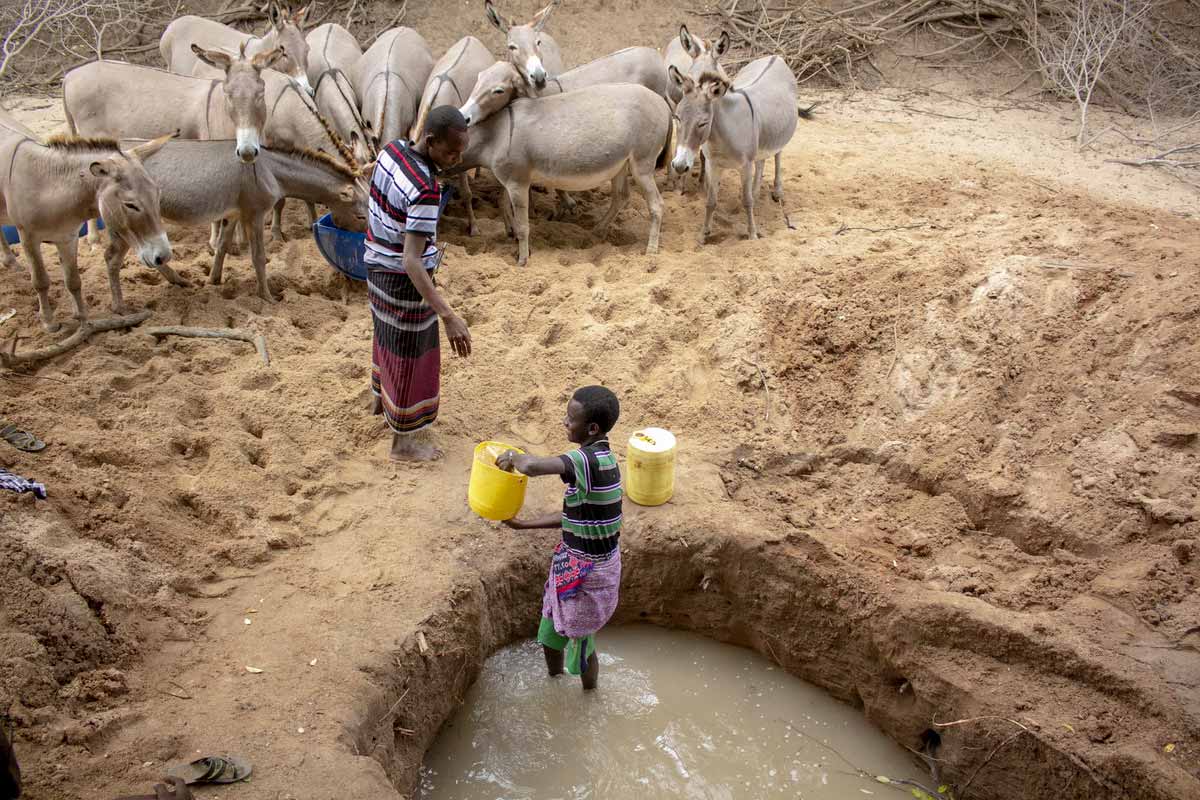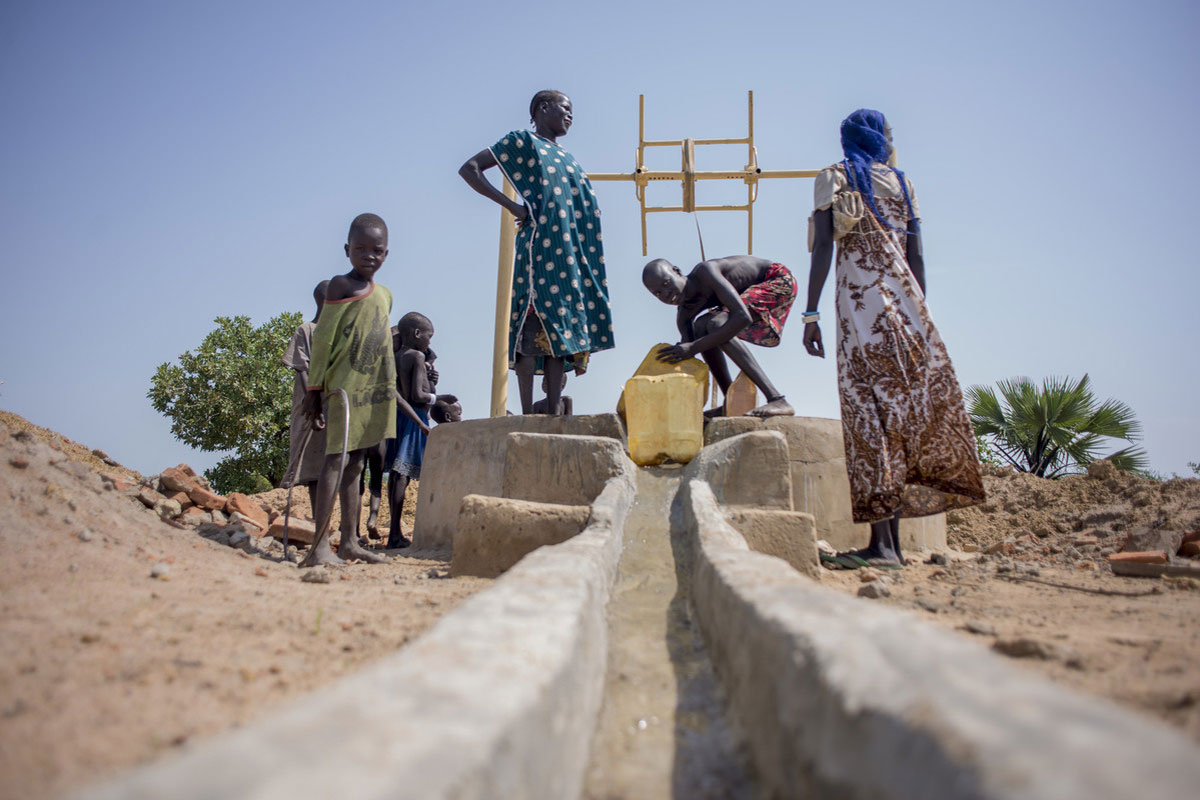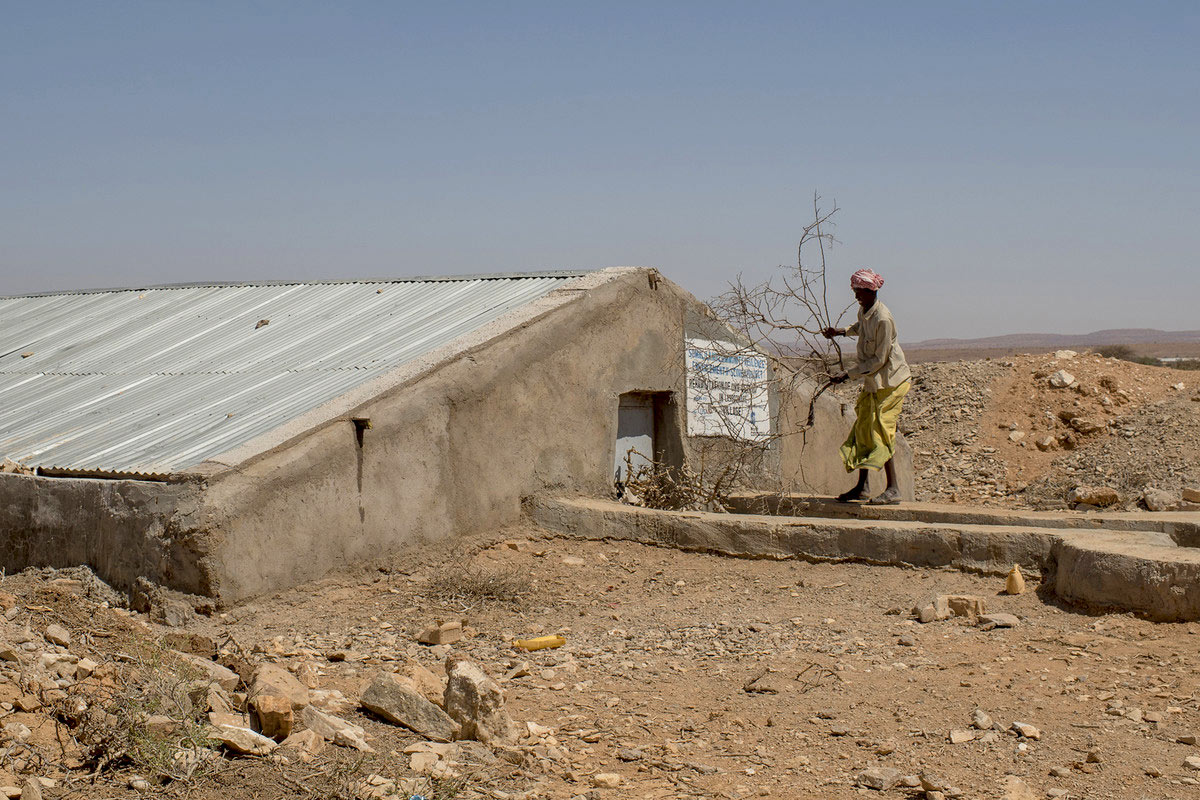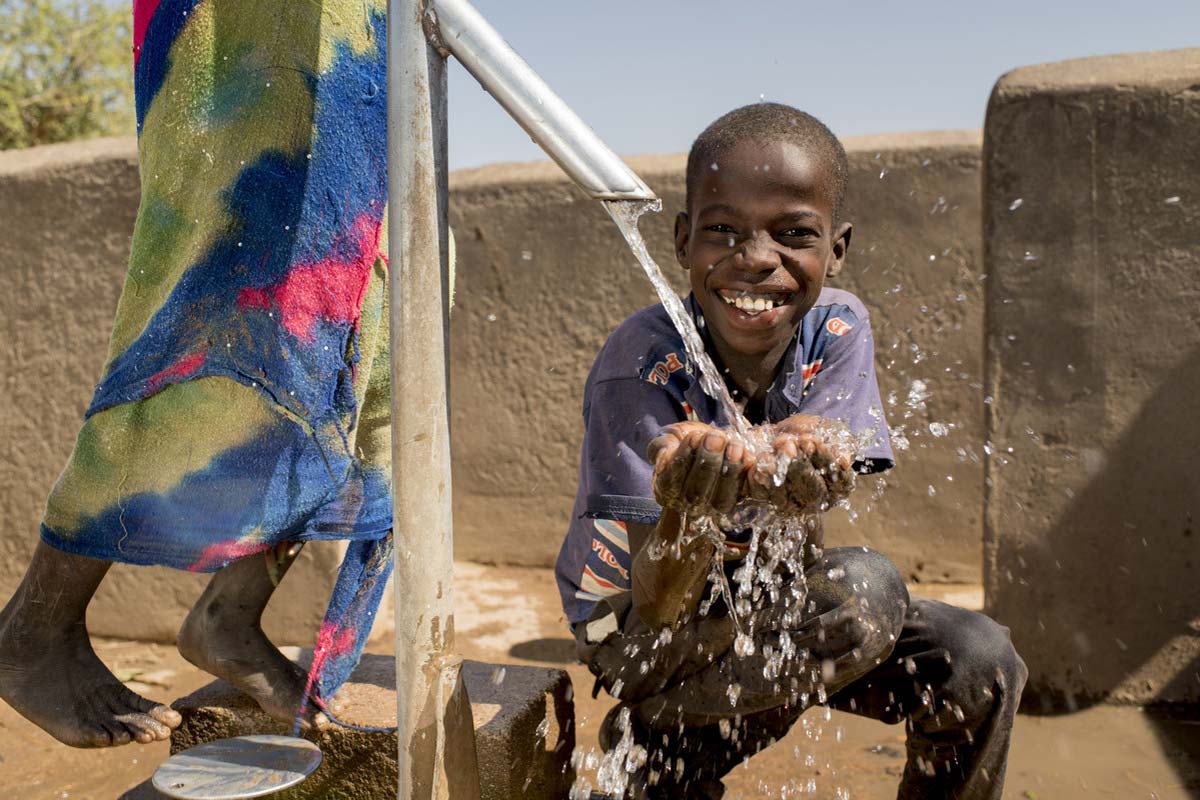Humanitarian Aid
How Clean Water Arrives in a Village

Do you ever wonder how clean water arrives in a village?
We might hear about a village in need of a clean water well, and a short while later read an encouraging report that a well was built. But what happens in the meantime?
How the construction of a well unfolds might be different than you think.
Keep reading to find out how clean water comes to a community!
1. Identify the Need for Clean Water

Before taking action, World Concern meets with community members and determines if the community needs clean water. They do this by going into the village themselves, talking with community members and most importantly—listening. What does the community see as their biggest needs? Once we have the answer to this question, we can move forward.
2. Form a Water Committee
If clean water is indeed a need of the community, we’ll take steps to guide the formation of a Water Committee. Volunteers are chosen as committee members and it is this group who, with technical support from World Concern, decides what type of water source will work best. In many communities, the source chosen is the one that is most accessible, cost-efficient, and sustainable—often a shallow well or a deep water well.
3. What Kind of Well?
Shallow wells are the most common types of clean water sources a community chooses to build. These wells are lined with concrete and have a pump that allows everyone to access clean water at any time. But if the water table is too deep, or if the water near the surface is brackish (salty), the community will have to drill a deep well. Deep wells are more expensive and sometimes not possible to build depending on the community’s location.

One other clean water option that’s not a well is called a berkad. Berkads are underground tanks that collect rainwater. In places like Somalia, berkads and rainwater catchment systems are very effective sources of clean water, as they can capture and store thousands of gallons in just one day of heavy rain.

4. Choose a Location for the Well
Once the water committee figures out which type of well or water source to build, they work with World Concern water technicians to find the best location for clean, safe water. If possible the well will go in the center of the community for everyone to use. However, if the water table (where water collects below the ground) is too low or salty, they’ll choose a new location.
5. A Sustainable Source for the Future!
From the beginning, the community decides how to plan, build, and maintain the well. The water committee takes ownership of the process and makes sure it functions properly, but everyone is invested in and can use the well.

World Concern empowers those in the world’s poorest places not by imposing our ideas, but by listening to a community's needs and solutions. This is how clean water arrives in a village. And did you know you play a role in this process? Find out how you can help bring clean water to a village.
